We’re a family of four living and adventuring aboard our 40-foot sailboat in the Pacific Northwest. We’ve been living on our boat since 2016 and have been cruising the Puget Sound since May of 2019. Thanks to Coronavirus, our cruising looks a bit different this year than we had planned, but we still count ourselves incredibly lucky to be living this life. I hope you follow our daily adventures which I document on our Facebook and Instagram accounts.
Today wraps up our first week in the San Juan Islands. We crossed the Strait of Juan de Fuca last Sunday from Port Townsend, landing in Watmough Bay on the SE side of Lopez Island. We stayed there through Wednesday afternoon, working on our laptops from the boat during the days and spending our free time hiking several great trails ashore.
On Wednesday, we moved on to James Island Marine State Park where we wrapped up our final couple of days of the work week before vacation. Here, we hit the halfway mark to completing our family goal of walking 300 miles this summer. We still owe the kids some ice cream to celebrate the milestone.
James Island was a fun little island and would make a great stop for an afternoon of hiking or a night’s rest in transit from the San Juans to Anacortes or wherever. We stayed on a mooring ball on the east side of the island but would recommend trying to get onto the dock on the west side of the island if at all possible. The moorings seemed strong, but we were rocked regularly throughout the days and even at night by big wakes coming through from ferry and other boats passing by out in Rosario Strait. We were glad to leave the bumpy spot behind on Friday.
A Busy Weekend in the San Juans
Friday afternoon, we dropped our mooring ball at James Island and crossed Rosario Strait to Anacortes. Cap Sante Marina in Anacortes has a complimentary 4-hour tie-up which we took advantage of to get good showers and some fresh groceries before heading off-grid for our vacation week. We also pumped out our holding tank and topped up our onboard water.
Mosaic can hold 100 gallons of water internally and we also carry 25 gallons of water on deck in jerry cans. We’re hoping to get another 50-gallon tank to increase our capacity but, for now, we can easily last a week on our water supplies without even conserving water use very much.

In the map above, you can see our Friday afternoon track in red. Our Friday evening track in blue. And our Saturday track in green.
We finished our errands in Anacortes at about 7:30pm and debated whether or not to stay in the anchorage right outside the marina or to head up to Cypress where we really wanted to be but risk not finding a spot if it was busy. We went with the latter and it did end up biting us in the butt a little bit…
So we checked all the mooring fields and anchoring spots up the east coast of Cypress Island. Everywhere we looked there were boats packed into the reasonable anchoring depths. Finally, as darkness descended quickly, we picked a spot between two crab pots (ugh) on the outer edges of a mooring ball field and dropped our anchor in 75 feet of water. We set our anchor alarm and slept lightly, listening all night for the tapping of the crab pot buoys against the hull, fearing we’d wake up with the line wrapped around our rudder or prop.
Thankfully, when we awoke, the crab pots were both gone, seemingly picked up by their peoples.
We wanted to spend some time hiking on Cypress because we’ve heard such great things about the hiking there. But, feeling unsure of our spot at anchor, we didn’t want to leave Mosaic to go ashore and hike so we pulled up the Rocna and headed off for a new spot.
Finding Every Available Space Packed Full of People and Boats
Leaving Cypress, our first place to check were Clark Island. Supposed to be a really fun little spot with a nice sandy beach, Clark Island has a few mooring balls on each the east side and the west side. The east side is exposed to large wakes, per the guide books, so we didn’t even check that. But the west side mooring balls were full and an extra boat anchored. Not much room for anything more so we passed on by.
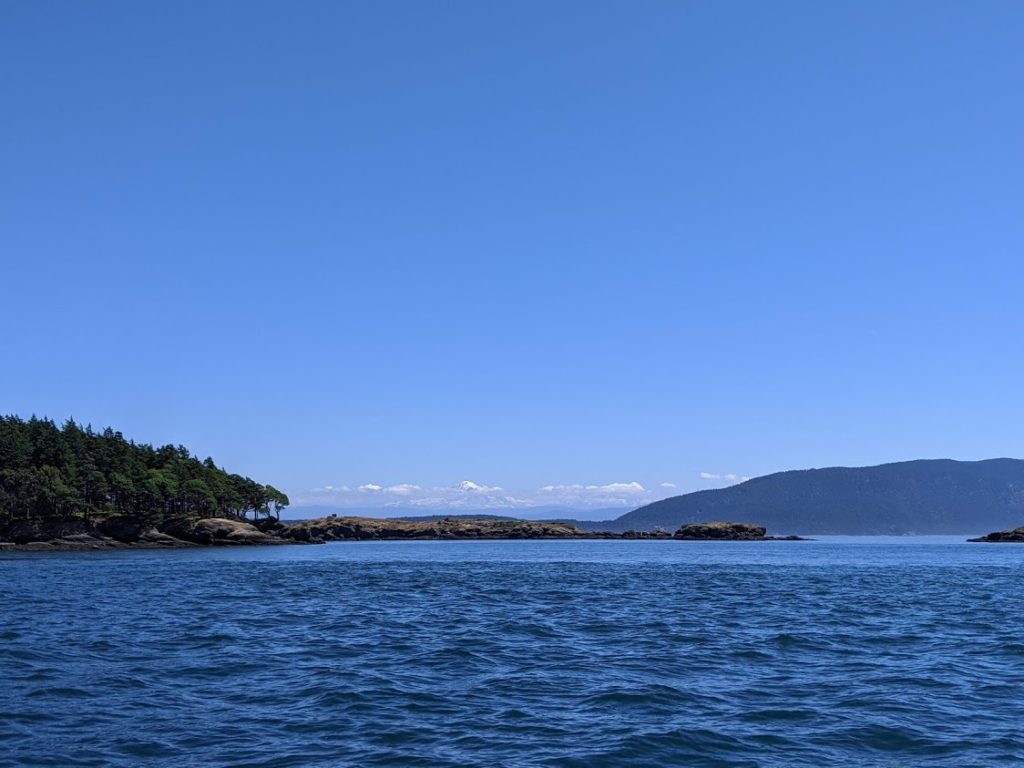
Clark Island with Mt. Baker 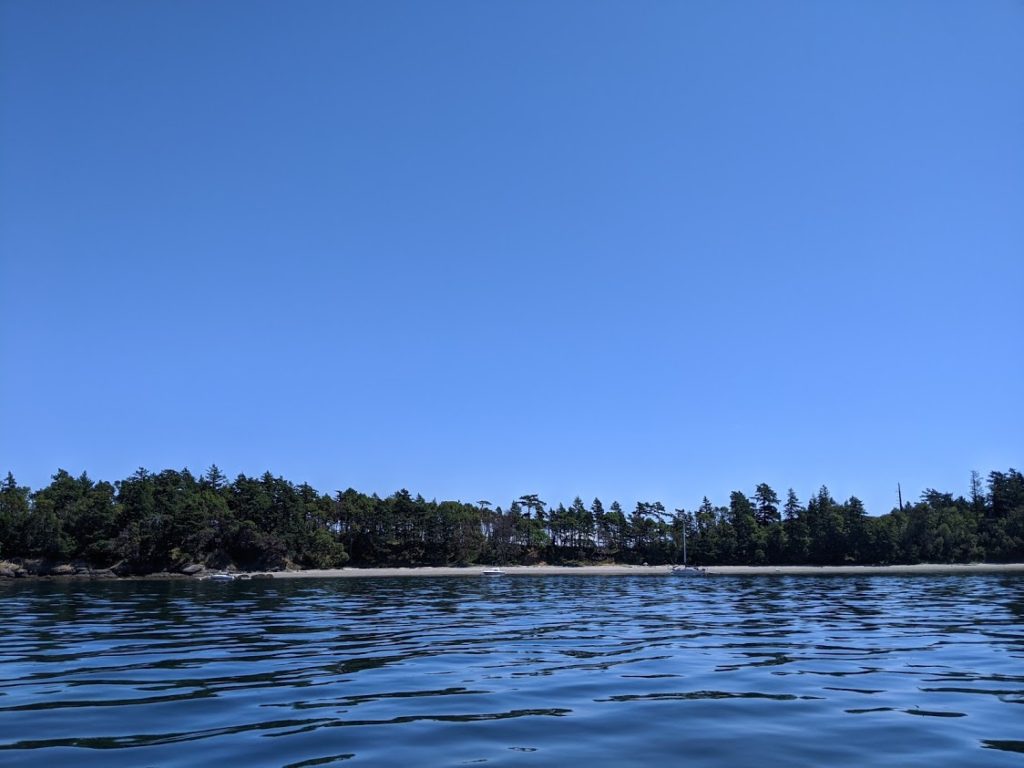
Sandy Beach on Clark Island 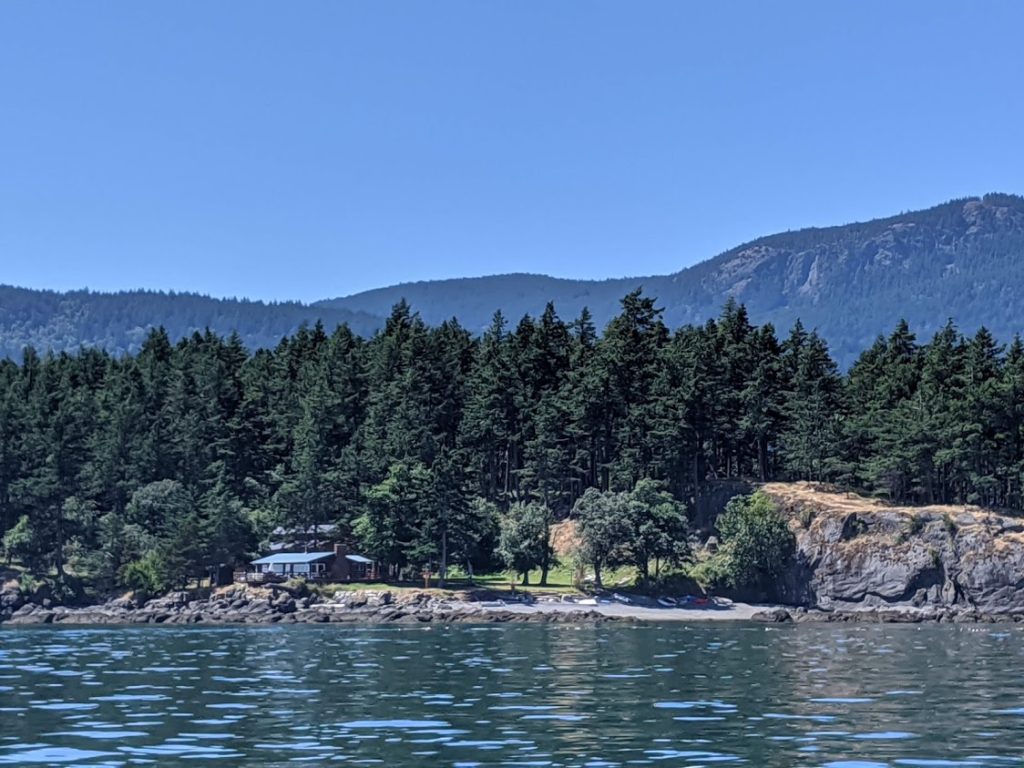
Barnes Island just across from Clark
Seeing that Clark Island was full, we moved on toward Matia. There were so many other boats out moving around, including at least one other sailboat on up ahead of us seemingly checking all the same places that we wanted to check (and continually passing them by as they, too, found them full).
Matia’s little dock, mooring balls, and several small anchorages were all full. So we passed Matia by and continued on toward Sucia with the expectation that there would be LOTS of boats there (it’s definitely one of the most popular destination islands in the San Juans) but hoping we could still find a spot for Mosaic since there’s lots of room there.
And we did.
We sit now anchored in Echo Bay on Sucia … with about 120+ other boats! We went ashore last night and hiked 4 miles out to Ewing Cove. Fantastic trail and some great sights to see. The trail out to Ewing was not very busy at all. We only passed a couple other people/groups of people the whole time. We also checked out Shallow Bay, which was packed like a sardine can with nearly 50 boats in the small cove. Today we plan to hike the other way and go check out Fossil Bay.
We’re also pleasantly surprised to find that we have good internet here. I could see this becoming our unofficial home base for a while this summer as it’s a great place to play and explore and, with internet, we can work here. Yay!
Here are a few pics from yesterday.

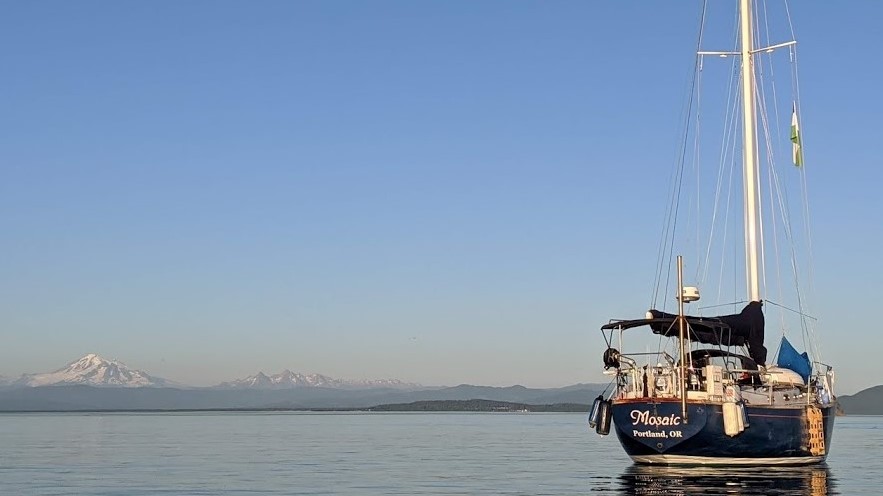
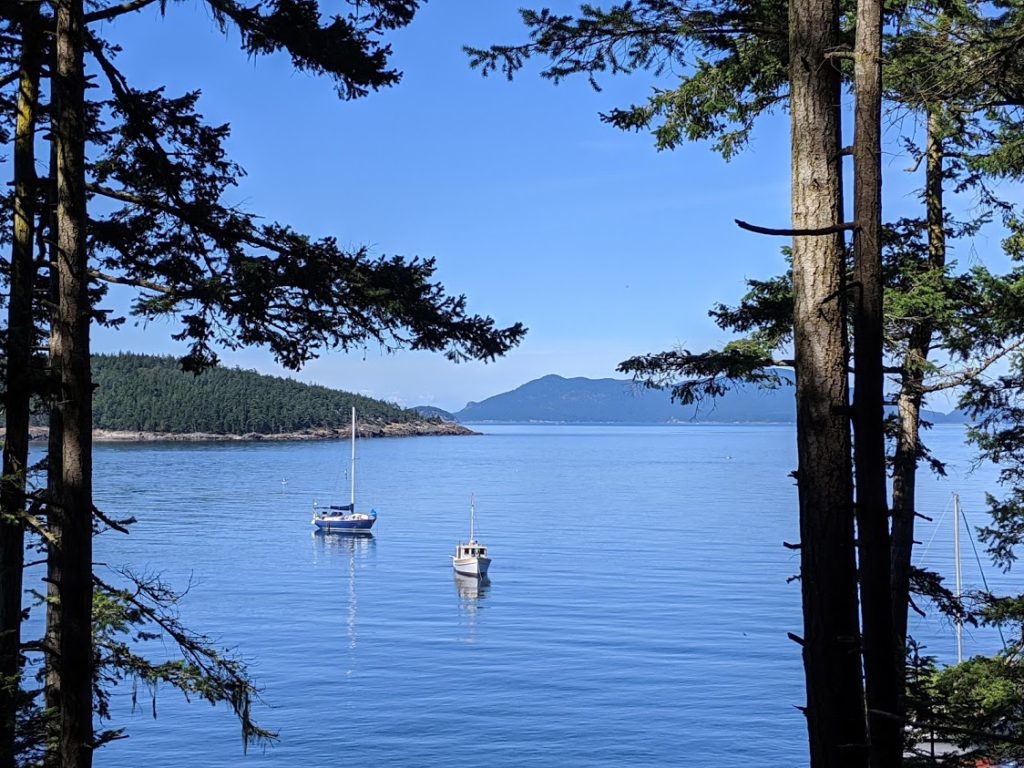
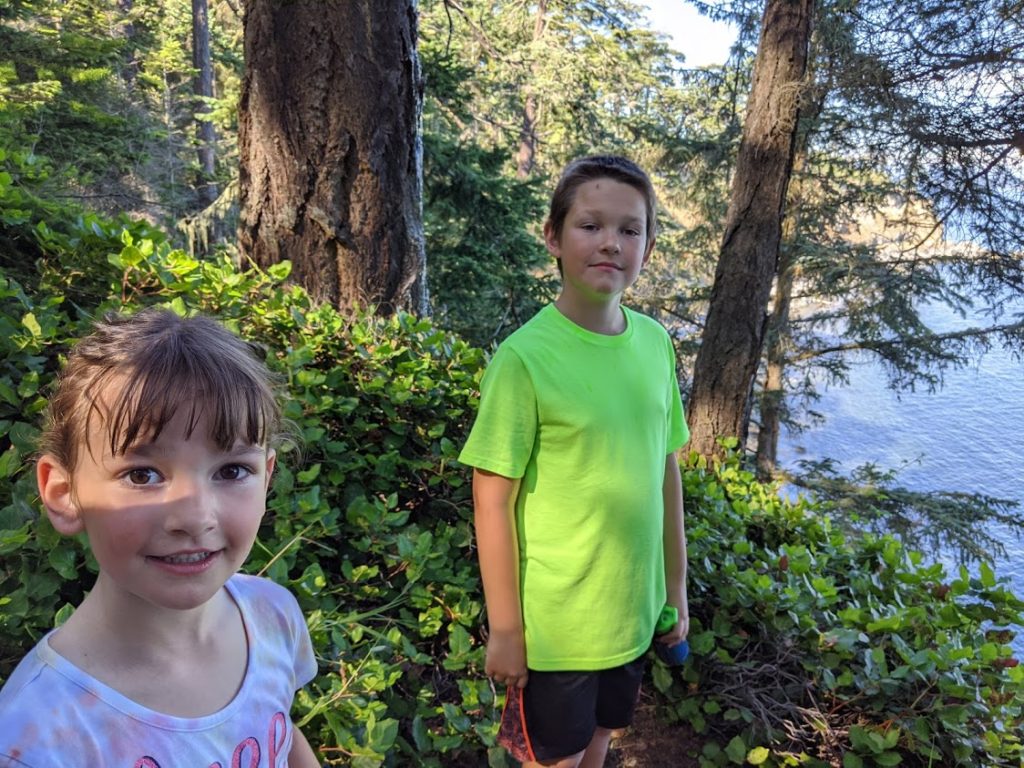
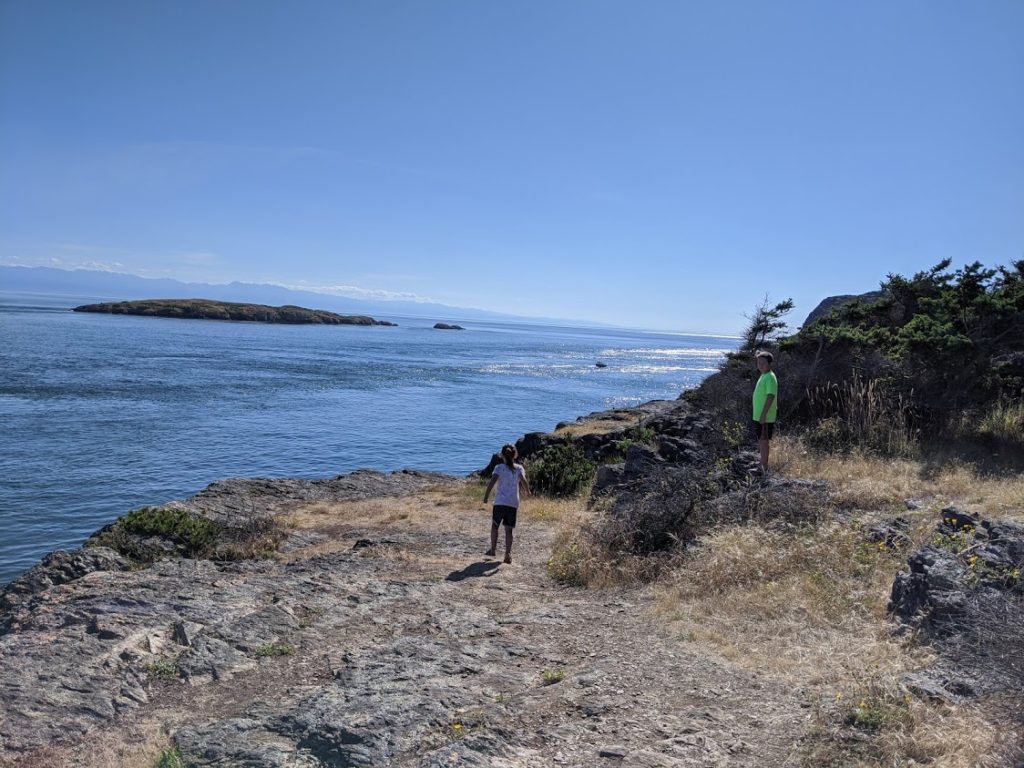
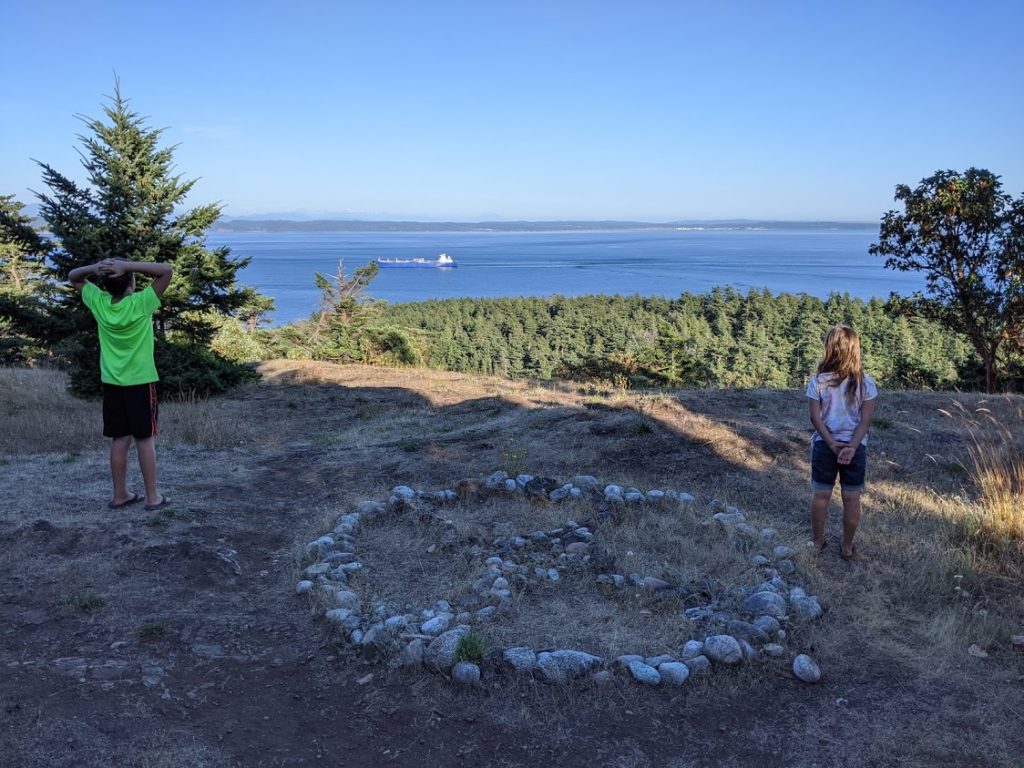
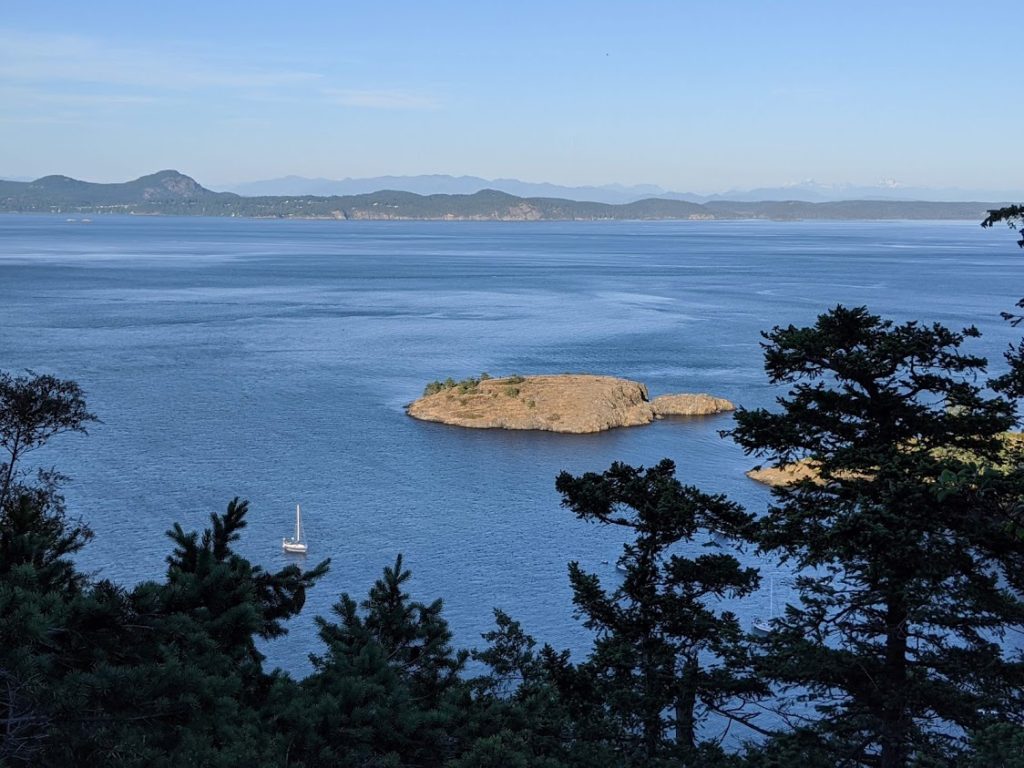
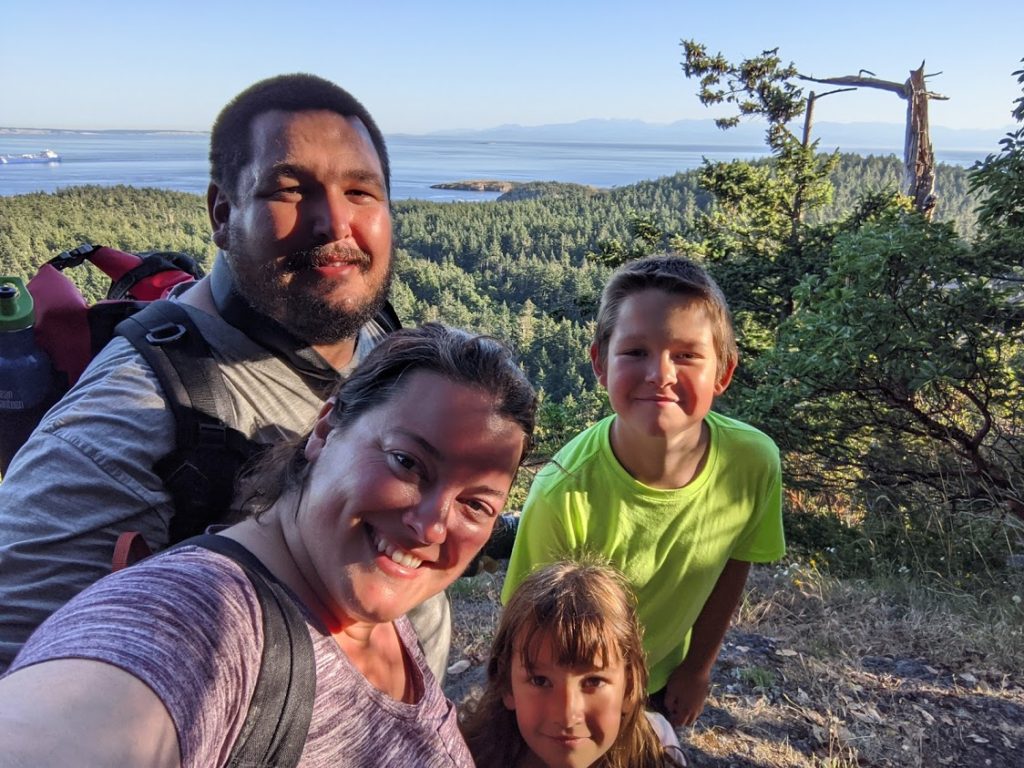
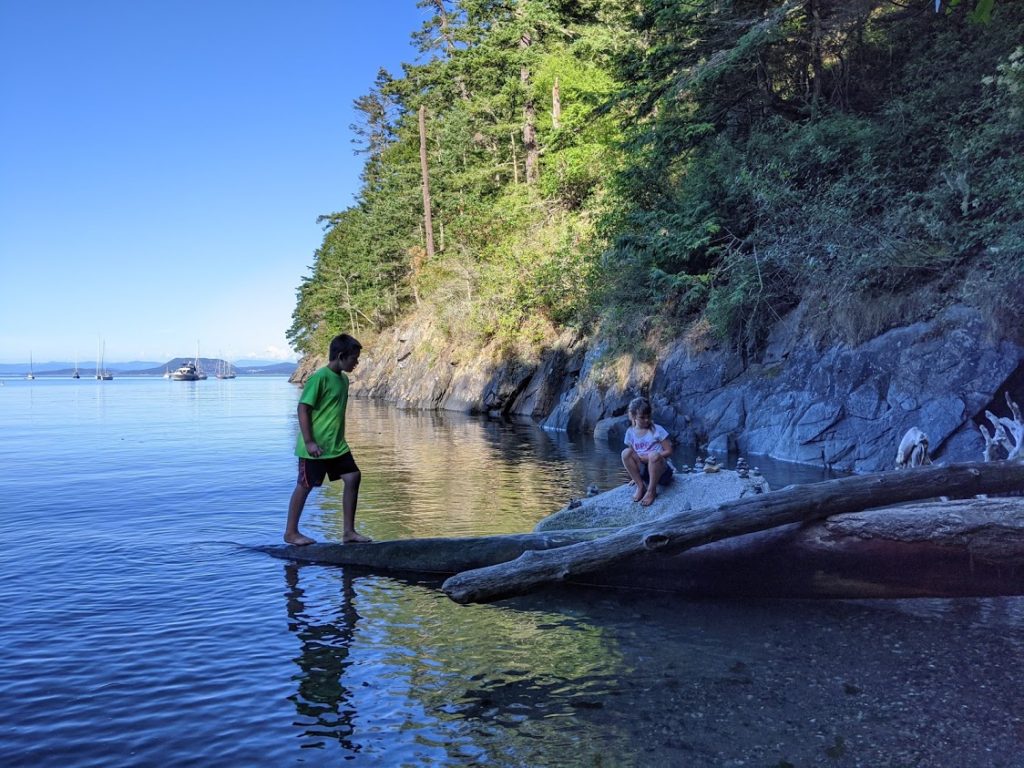
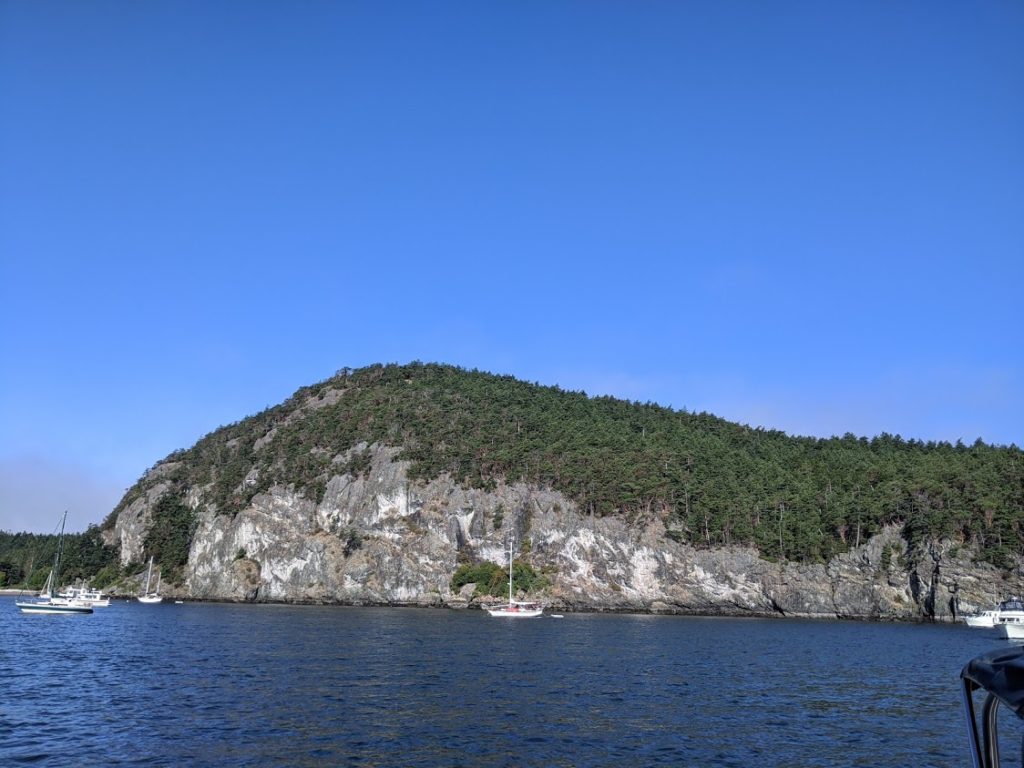
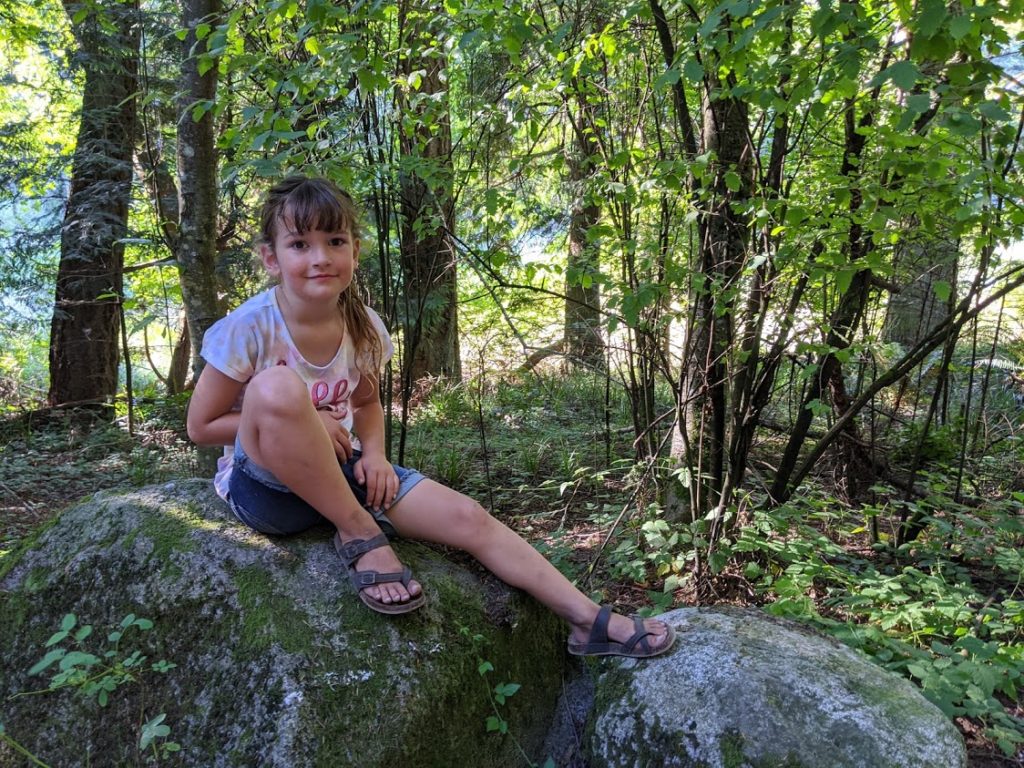
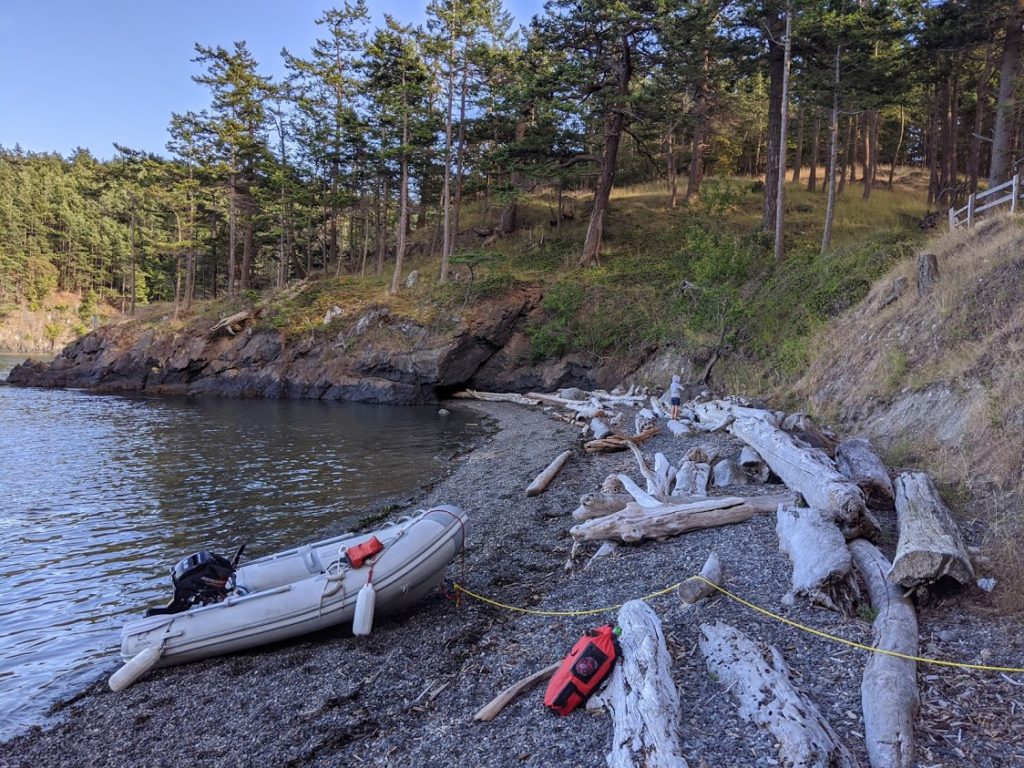
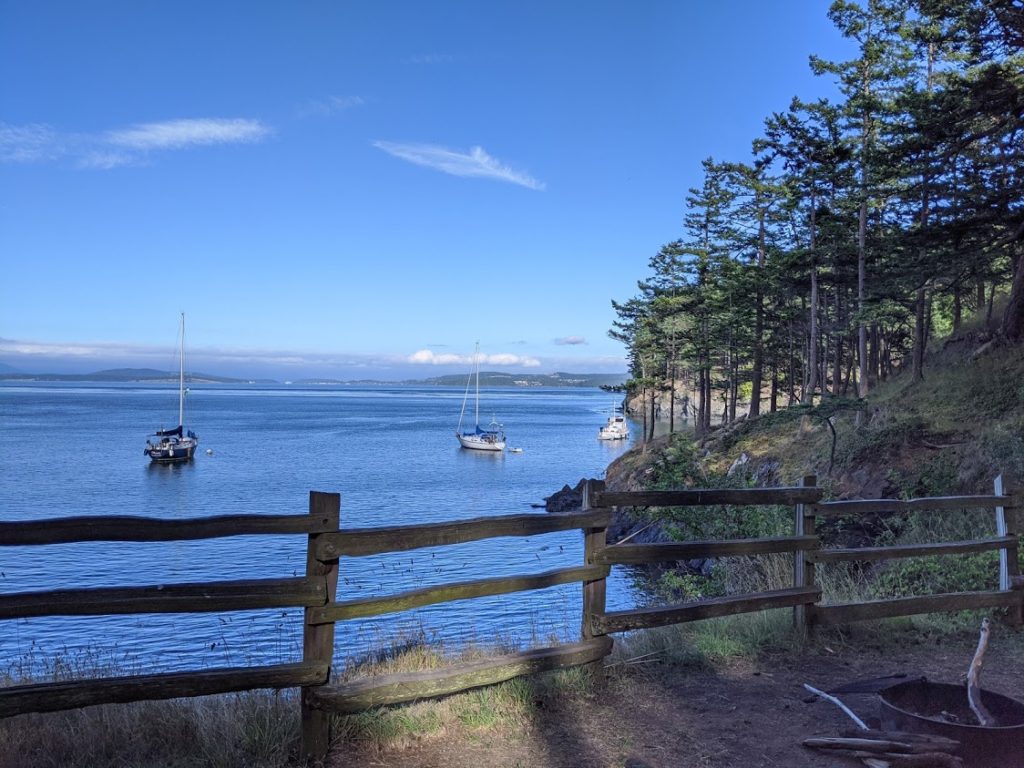
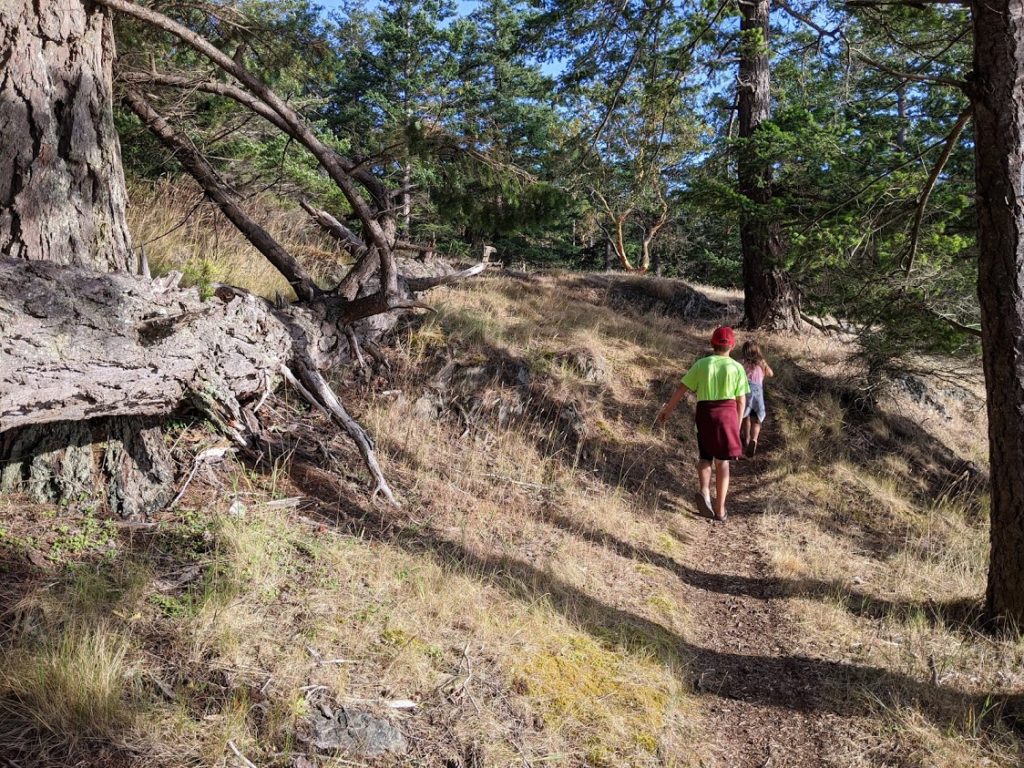
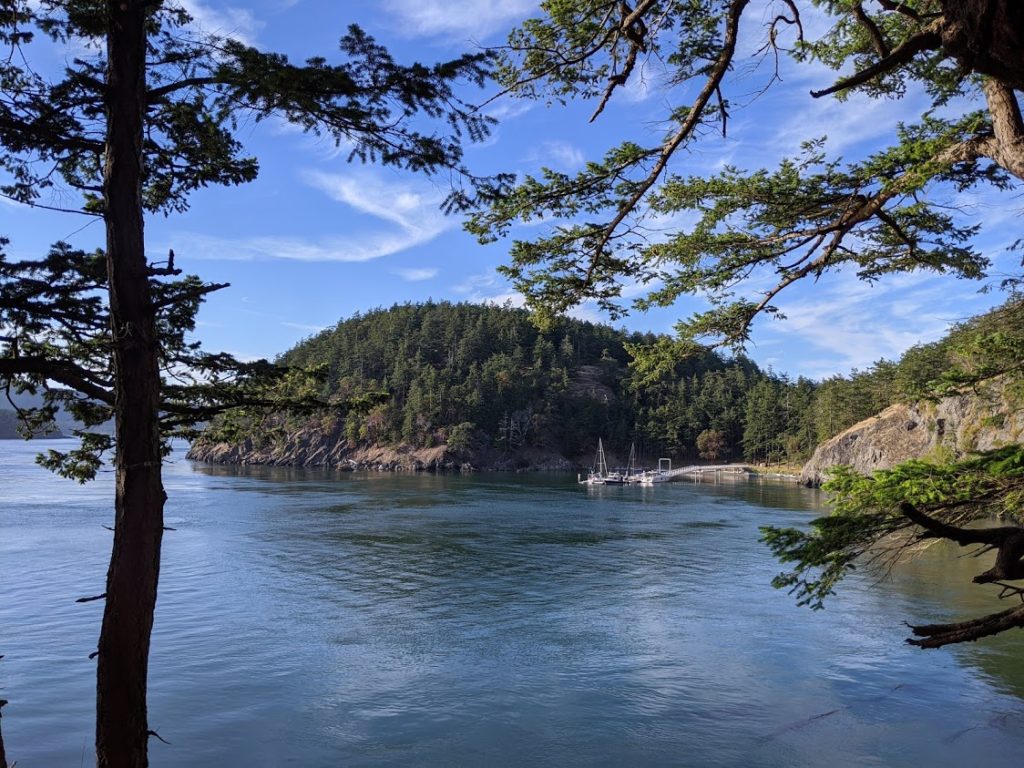

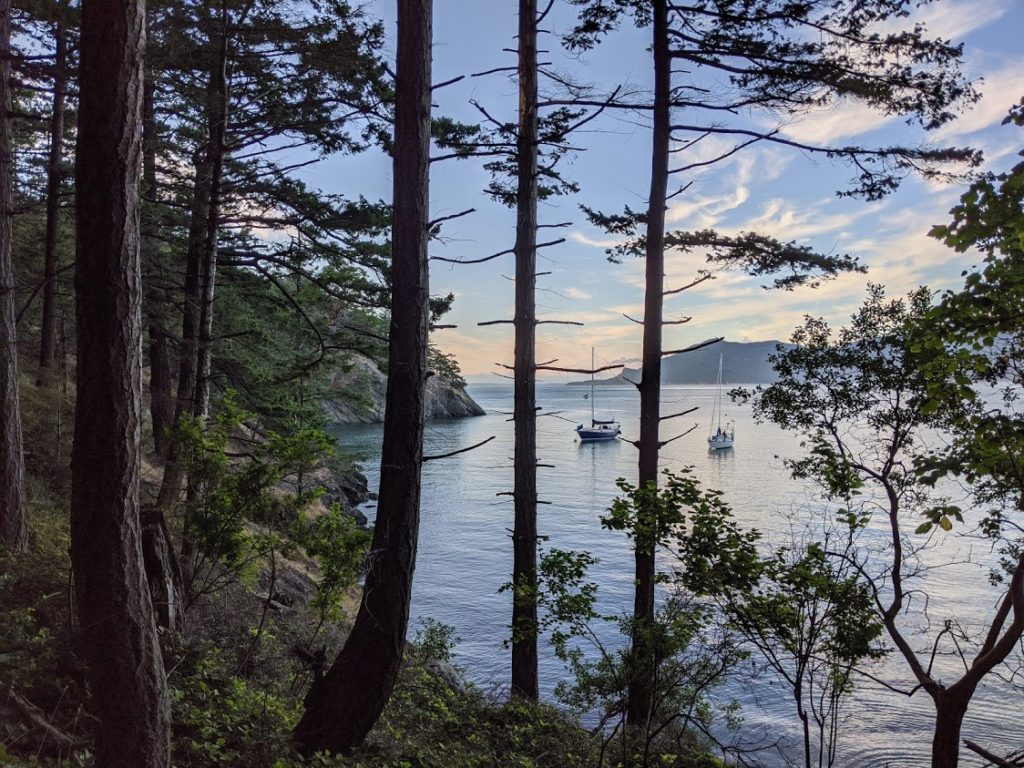
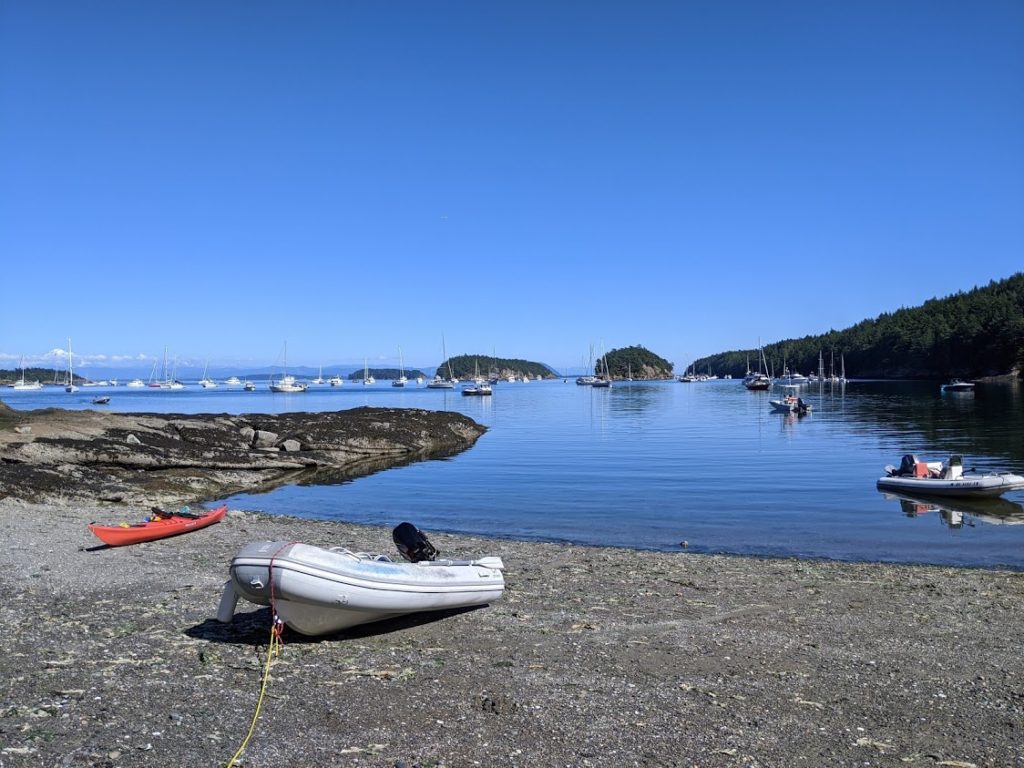
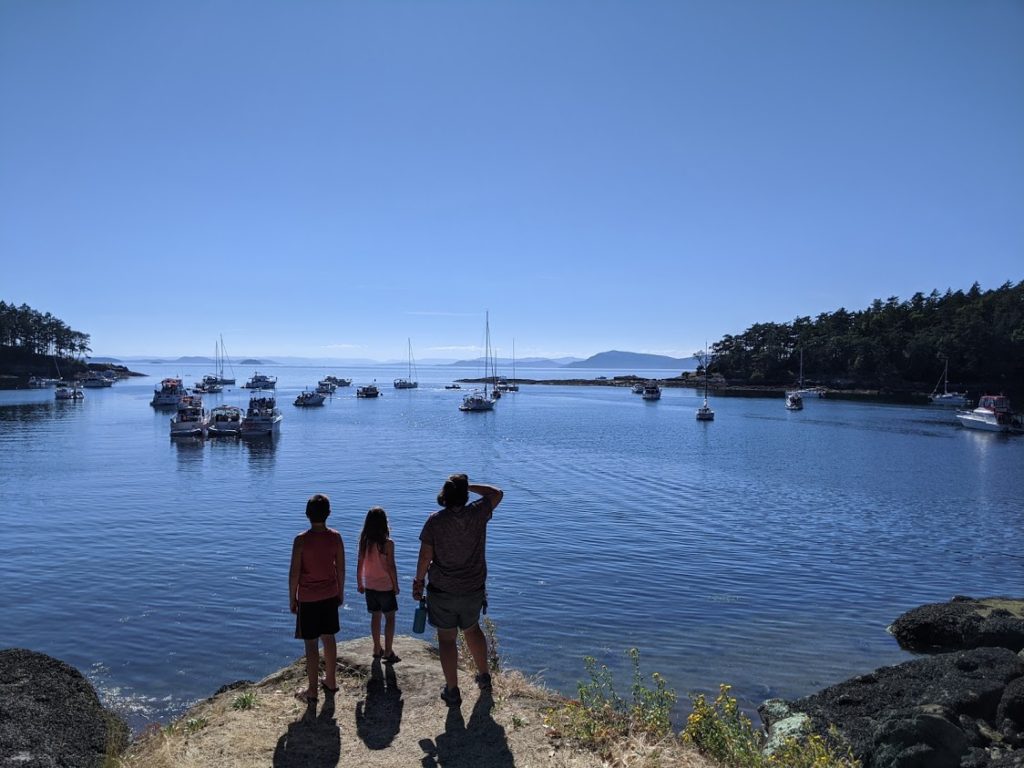
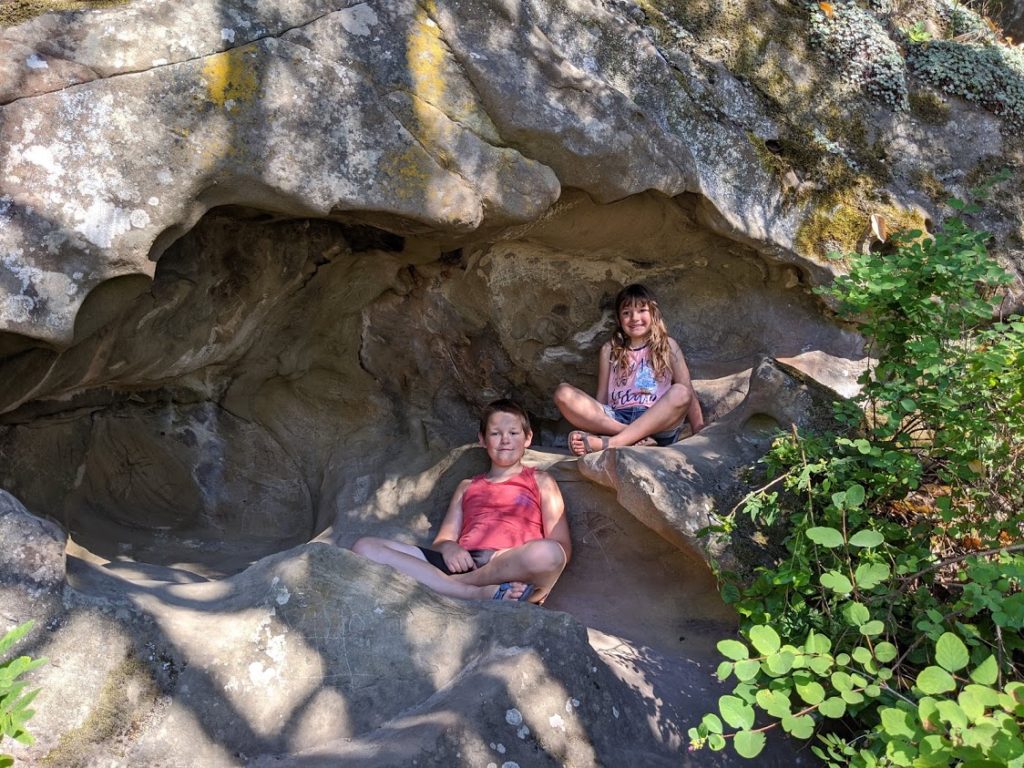
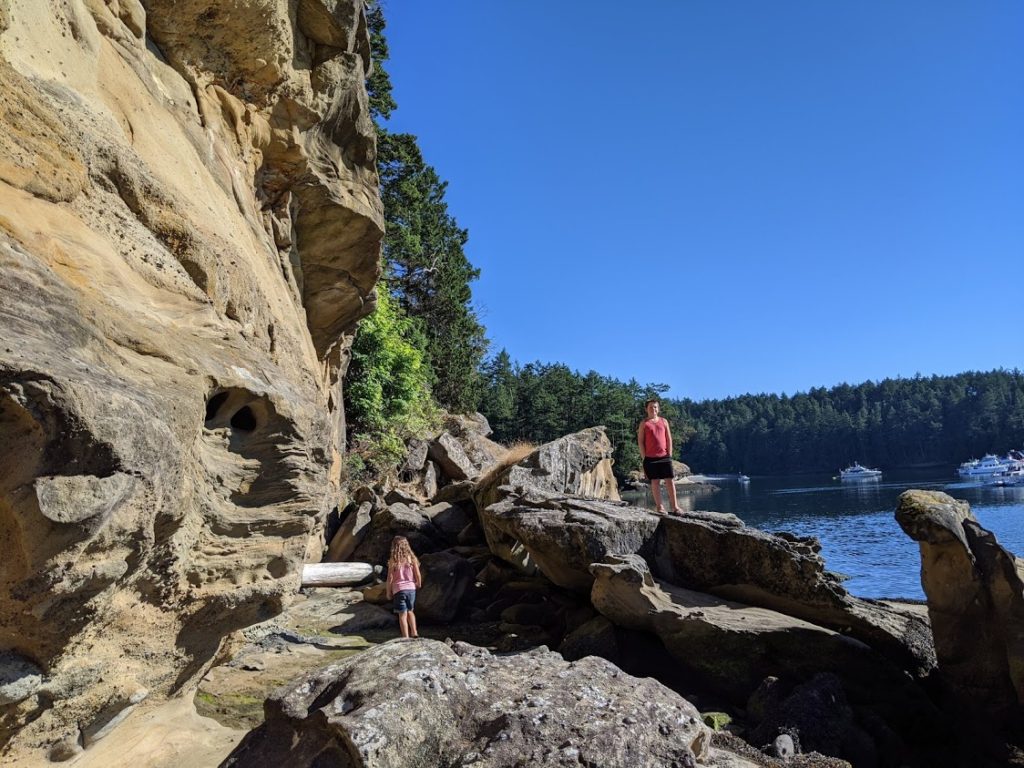
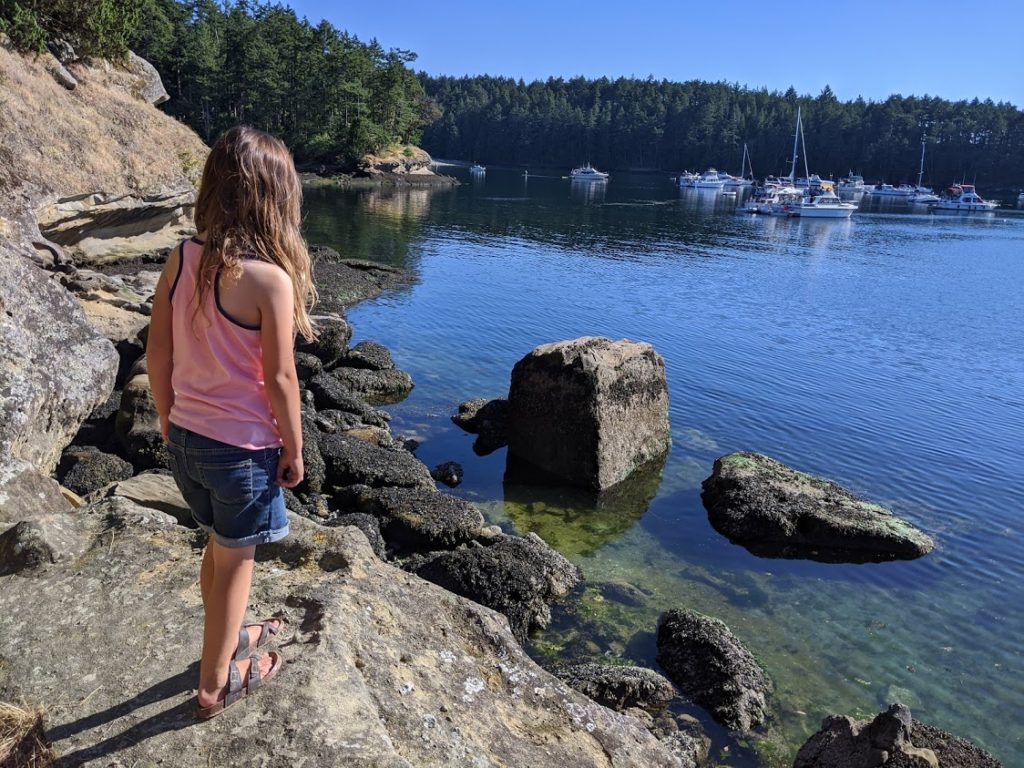
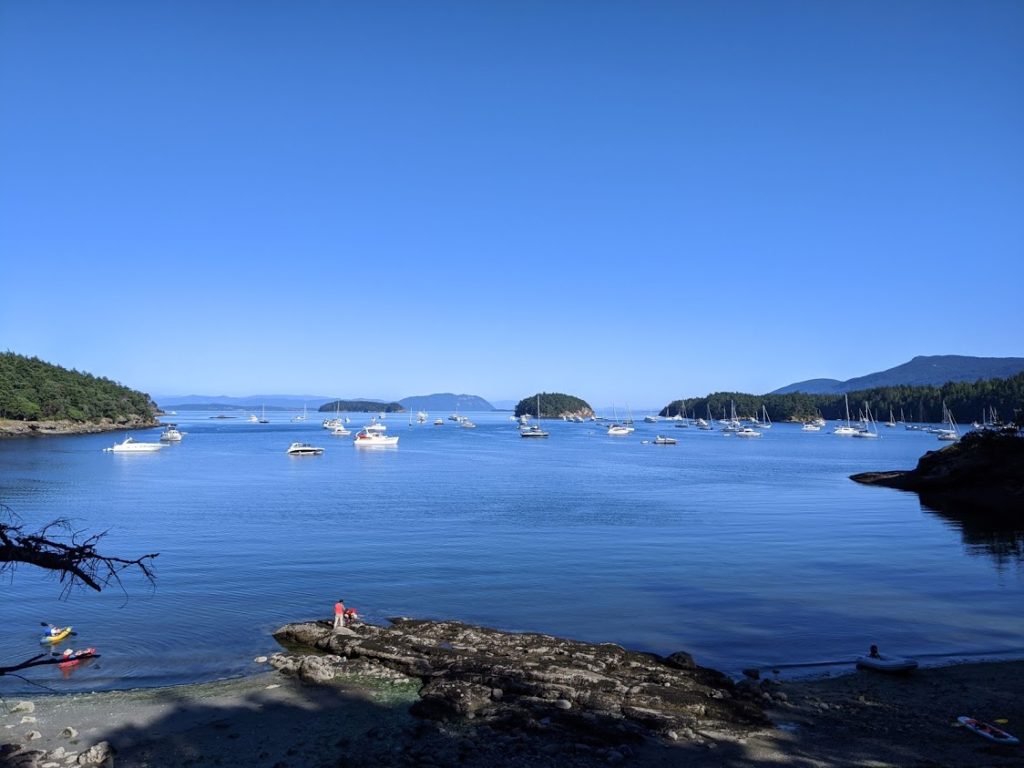
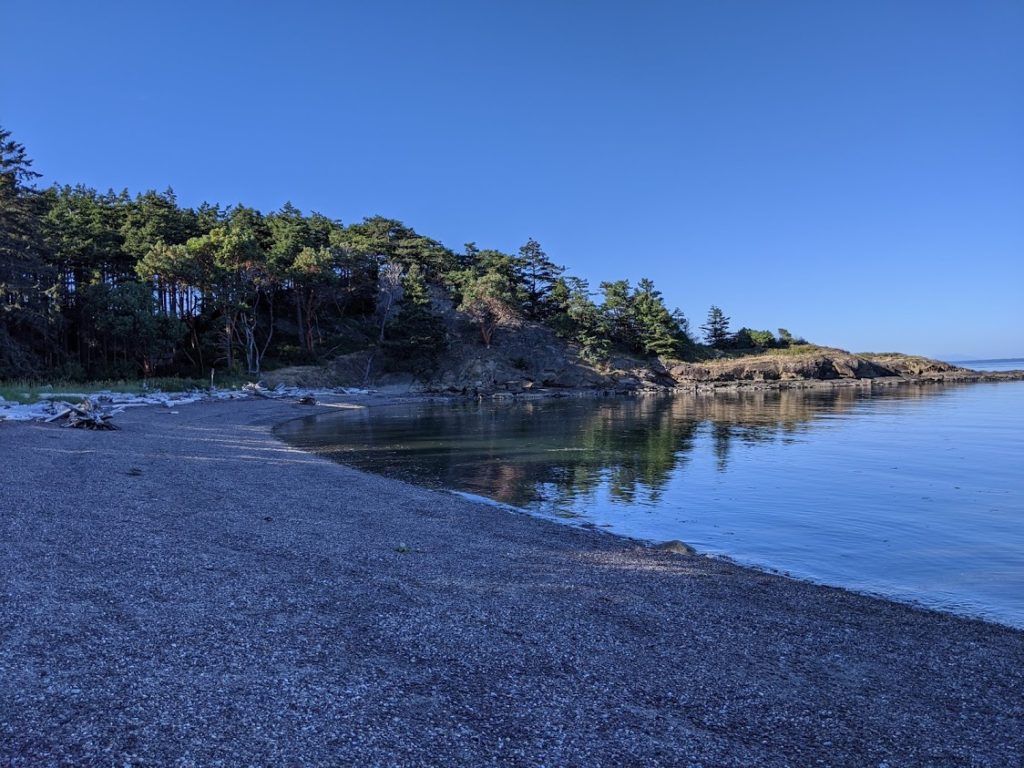
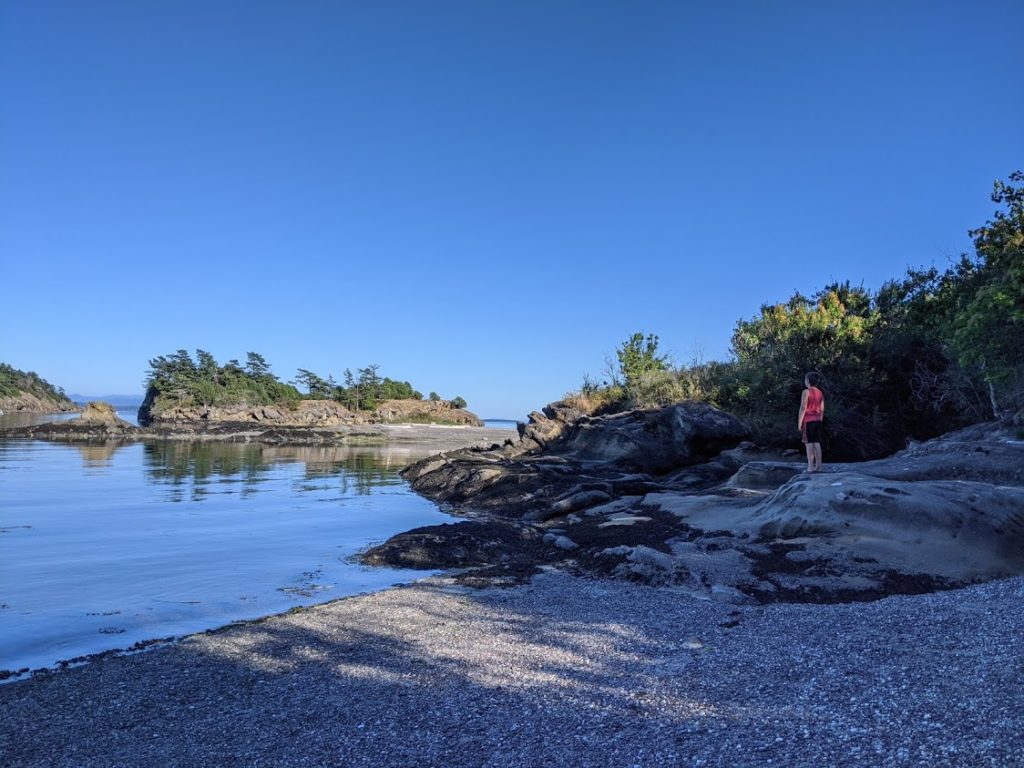
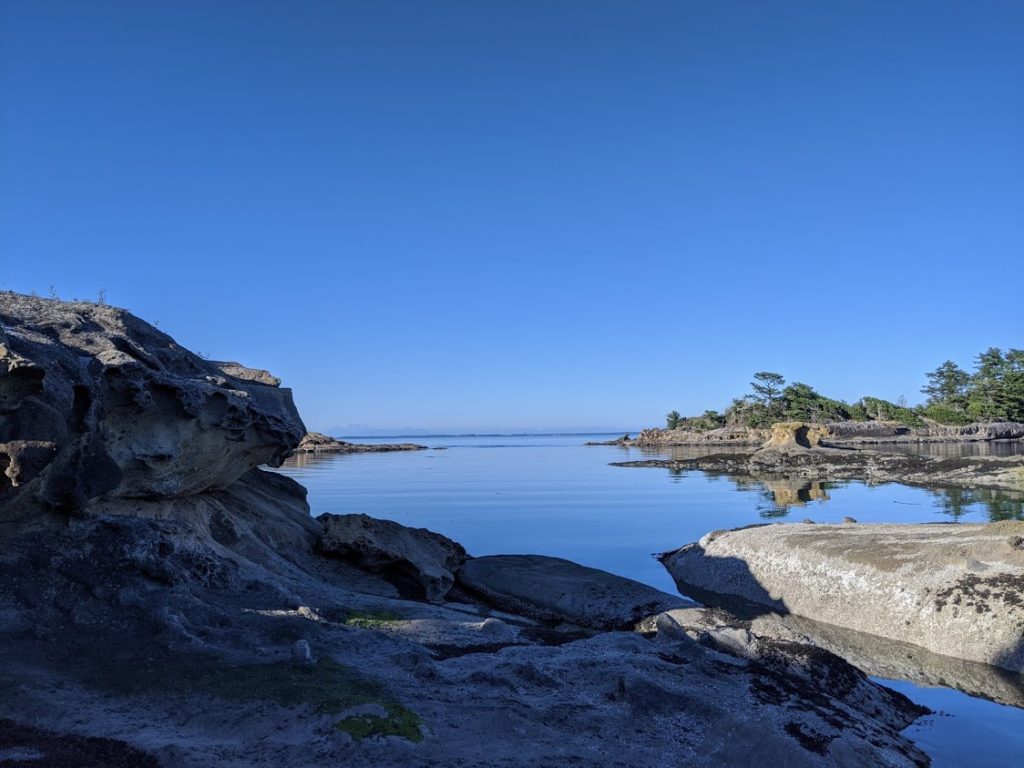
Thank you! Yes, it is crazy busy ev-er-y-where up here! Actually, we are just inside Deception Pass right now and did see one open mooring ball and there is lots of room available here at the Cornet Bay State Park at the dock. 🙂
Fun! Crazy how busy it is, likely because no boats can cross into Canada. Pretty full in the south sound too. I like how you do the layout with your pictures!
We are constantly wondering the same thing! “Is this normal? Or is it this crazy due to Covid and the border being closed???” Don’t know!! :-/
We loved Sucia! (Still need to finish our post on it.) I wonder if it is busier than normal because the border is closed or if this is typical. This year was our first to Sucia …